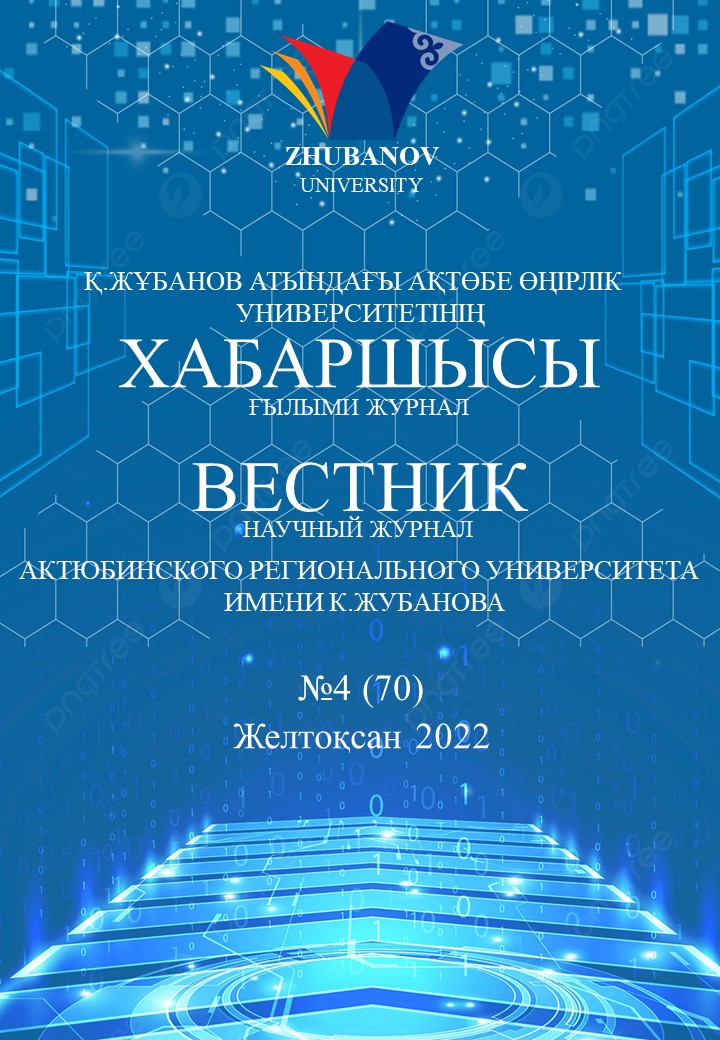The article reveals the methodological aspects of the organization of professional-oriented teaching of geometry using the GeoGebra dynamic software. The program GeoGebra has powerful functionality that allows us to visually and easily learn mathematics. The paper describes the structure and content of tasks that stimulate the independent cognitive activity of students, contribute to their professional activities. According to the structure of practical exercises, the following is shown on the example: a guide describing the steps of basic exercises; sample tasks for the direct compilation of a specific image; the task of independent work of students – the development of instructions and the addition of components such as complementing the image of another figure. The solution of any stereometric problems begins with the construction of a geometric body (three-dimensional geometric figure) and the figures that make up this body. For that, the main geometric elements (point, segment) are drawn in stages. This article shows that on the basis of specific examples, using the GeoGebra software, you can create structures (geometric figures and bodies) with points, vectors, lines, conical sections, and then dynamically modify them. As a result of computer modeling using the dynamic program GeoGebra, geometric concepts and constructions become visual. The process of creating a suitable drawing is a guide, which is very important when studying stereometry.
FEATURES OF PROFESSIONALLY ORIENTED TEACHING OF GEOMETRY USING THE GEOGEBRA DYNAMIC PROGRAM
professionally oriented learning, GeoGebra software program, stereometry, cognitive activity of students, interactive geometry, geometric figure
FEATURES OF PROFESSIONALLY ORIENTED TEACHING OF GEOMETRY USING THE GEOGEBRA DYNAMIC PROGRAM. (2024). Scientific Journal "Bulletin of the K. Zhubanov Aktobe Regional University", 70(4). https://vestnik.arsu.kz/index.php/hab/article/view/275

